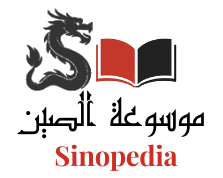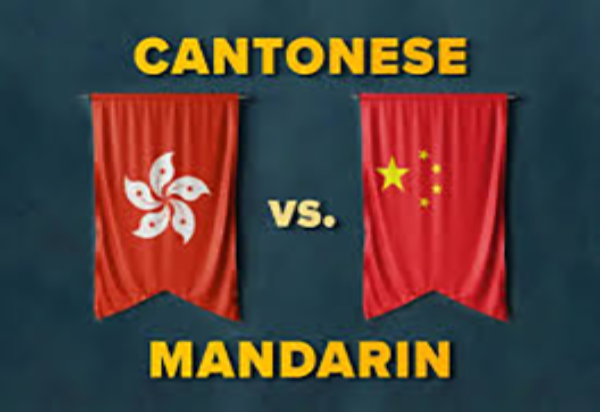While Mandarin is the official language of China, Cantonese is widely spoken in Hong Kong, Macau, and parts of Guangdong. This article compares pronunciation, tones, writing, and usage to help learners understand the differences between these two major dialects.
China is a country rich in linguistic diversity, with the two most recognisable dialects being Mandarin and Cantonese. Although they belong to the same language family (Chinese), they have distinct differences in pronunciation, usage, and sometimes even writing.
1. Pronunciation
Mandarin: Contains 4 main tones, is the official language of China and is used in schools and the media.
Cantonese: Contains 6 to 9 tones, making it more complex in terms of pronunciation.
2. Where They’re Spoken
Mandarin: Used throughout China (especially Beijing and North China) and is the official language.
Cantonese: Used in Hong Kong, Macau, and parts of southern China such as Guangzhou (Canton).
3. Writing System
Both use Chinese characters, but:
Mandarin uses Simplified Characters.
In Cantonese, especially in Hong Kong, Traditional Characters are used.
4. Culture & Media
Mandarin is the language of official news, education, and national films.
Cantonese appears frequently in Hong Kong films, Cantonese songs, and popular comedy.
Are they mutually intelligible?
Although some of the vocabulary is similar, Mandarin and Cantonese speakers don’t automatically understand each other when speaking – because the pronunciation is completely different. But writing may be partially understandable if they use the same system.








